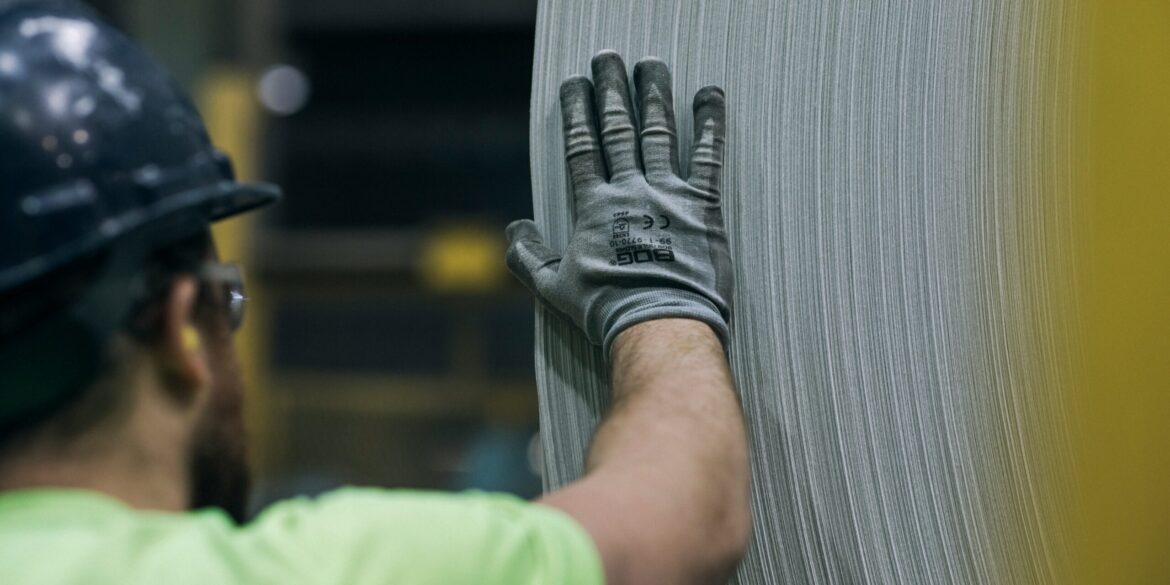As the U.S. economy navigates a shifting labor market and the aftershocks of global disruptions, the manufacturing sector finds itself at a critical juncture. Recent signs of deceleration in job growth, coupled with ongoing supply chain vulnerabilities, suggest that the traditional playbook—driven by mass hiring, offshoring, and relentless cost-cutting—is no longer viable. To remain competitive and inclusive, American manufacturing must reinvent itself through a community-centered, high-tech strategy that roots innovation and economic vitality in the very regions that have borne the brunt of industrial decline.
For decades, the pursuit of low production costs led many U.S. manufacturers to move operations overseas. While this approach delivered short-term gains, it left behind hollowed-out communities, diminished labor power, and a fragile supply chain that was dramatically exposed during the COVID-19 pandemic. The time has come for a recalibrated model—one that does not just bring manufacturing back to American soil, but does so in a way that integrates technology, education, and community development.
This new model hinges on the growth of regional innovation hubs—smaller, tech-forward manufacturing centers strategically located in areas historically left behind by globalization. These hubs, often based in the Midwest, the South, and other non-coastal regions, are designed not merely to build products but to rebuild economic ecosystems. By partnering with local educational institutions such as community colleges and vocational training centers, these hubs are preparing a workforce equipped for advanced manufacturing roles that involve robotics, automation, and precision engineering. This fusion of education and employment opportunities creates pathways for upward mobility and strengthens the ties between industry and community.
The federal government has begun to recognize the promise of this approach. New investments in technology hubs aim to decentralize innovation from traditional powerhouses like Silicon Valley and New York, bringing cutting-edge manufacturing capabilities to cities and towns where industrial capacity once flourished. These efforts are more than economic interventions—they are statements of intent to rebuild America’s industrial base in a way that is equitable, inclusive, and future-focused.
Smaller-scale factories located closer to end markets also provide distinct advantages. They reduce exposure to global supply chain disruptions, such as shipping bottlenecks or geopolitical tensions, and offer companies greater control over quality and delivery timelines. In addition, these localized operations generate ripple effects within their communities by boosting local tax revenues, supporting small businesses, and contributing to the stability of school systems and public infrastructure. The economic multiplier effect of manufacturing is well documented, and when that effect is rooted in a community-first mindset, it promotes broader prosperity.
This model also addresses the pressing issue of economic inequality. For too long, high-wage and high-skill jobs have clustered along the coasts, creating a geographic divide in economic opportunity. By situating advanced manufacturing in more diverse regions, the U.S. can help close that gap and provide meaningful employment in areas often overlooked by national policy and private investment. These jobs not only pay better than service-sector work but also come with a sense of purpose and belonging that can strengthen civic engagement and regional pride.
Crucially, a community-first strategy promotes resilience. When local stakeholders—including workers, educators, business leaders, and public officials—are actively involved in shaping the direction of industrial development, the result is a more adaptive and stable economic model. Unlike the boom-and-bust cycles associated with outsourced production, community-centered manufacturing builds lasting capacity. It fosters environments where employers invest in their workforce, where training is aligned with real demand, and where innovation grows from the ground up.
This shift is already taking place in several parts of the country. From Michigan’s retooled automotive plants to advanced composites production in Kentucky and semiconductor initiatives in Texas, a new wave of regionally anchored, technologically advanced manufacturing is emerging. These initiatives are not isolated—they reflect a broader realization that the next era of industrial growth must be smarter, more sustainable, and more connected to the people it is meant to serve.
Policymakers and industry leaders must accelerate this transition. Federal and state governments should expand incentives for firms to locate in underserved regions, ensure that infrastructure—both physical and digital—is up to par, and support education systems that can quickly adapt to evolving technical demands. At the same time, companies must move beyond viewing communities as labor pools and start seeing them as partners. This includes engaging in long-term planning, supporting local supply chains, and reinvesting profits into workforce development and regional resilience.
The opportunity before us is substantial. By reimagining manufacturing as a community-centered endeavor built on high-tech foundations, the United States can position itself for sustained economic leadership in a volatile global environment. More importantly, it can ensure that the benefits of that leadership are broadly shared, reaching families and neighborhoods that have long been marginalized.
This is not simply a matter of economic efficiency; it is a matter of national renewal. At a time when trust in institutions is low and inequality is high, rebuilding American manufacturing on a foundation of community, technology, and shared purpose offers a path toward a more united and prosperous future. The stakes are high, but the blueprint is clear. Now is the time to act.
Read Also: https://democratdigest.com/apple-announces-100-billion-u-s-manufacturing-investment/

